Neurology and Neurosurgery
See top neurology and neurosurgery care in Istanbul: brain and spine surgery, DBS, epilepsy and stroke treatment at JCI-accredited centers.
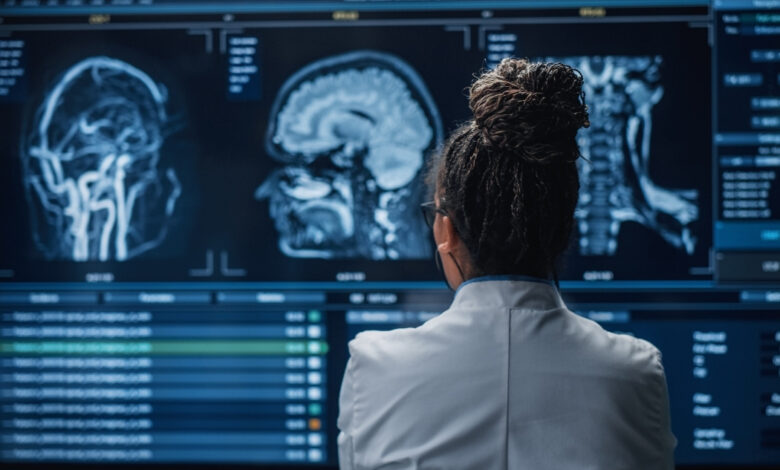
This article explains how neurology and neurosurgery are organized for visiting patients in Istanbul. You will find clear descriptions of common conditions, current treatment principles, diagnostic pathways, perioperative safety, rehabilitation, and the practical pieces that make a trip workable. The focus is simple language, recent information, and an emphasis on what you can expect in a large, high volume city that welcomes international patients every day.
What neurology and neurosurgery cover
Neurology looks after disorders of the brain, spinal cord, peripheral nerves, and muscles using tests and medicines rather than operative procedures. Headache, epilepsy, stroke, movement disorders, neuropathy, multiple sclerosis, cognitive disorders, and neuromuscular diseases live here. Neurosurgery treats conditions that benefit from procedures. Brain and spine tumors, hydrocephalus, traumatic injuries, nerve compression, vascular malformations, functional procedures such as deep brain stimulation, and many pediatric problems are in this group. In Istanbul you will see both disciplines working closely with anesthesiology, neuroradiology, oncology, rehabilitation, and intensive care, which gives visitors access to joined up care rather than isolated steps.
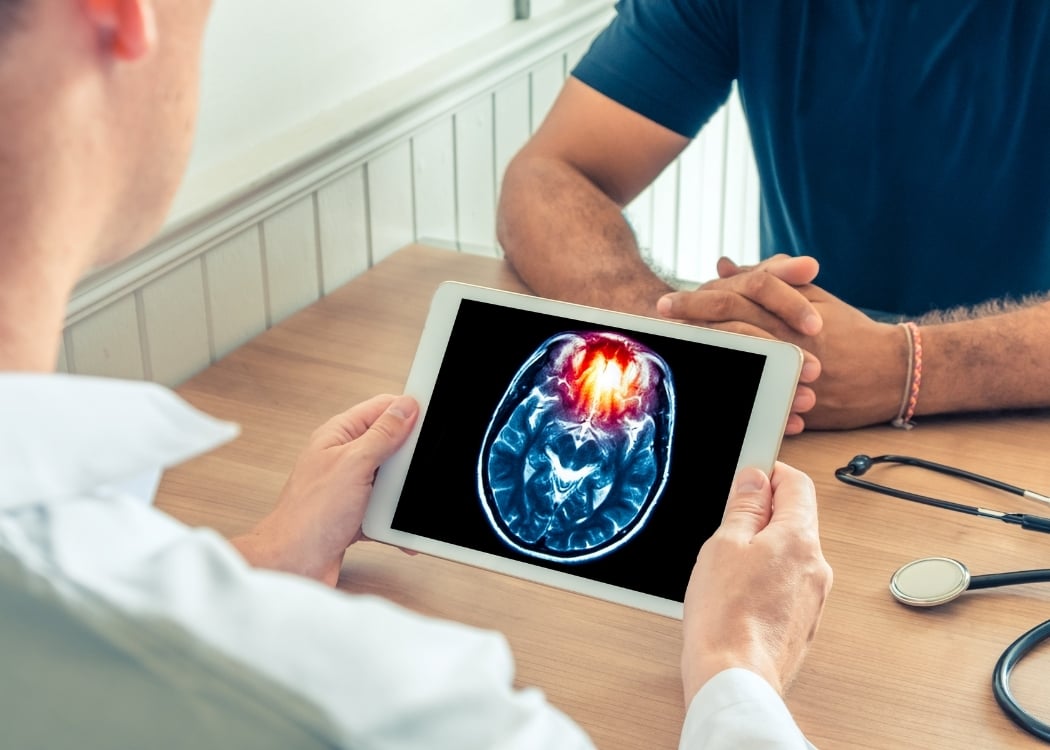
Care settings you will encounter
Large private hospitals and university centers provide emergency and complex services around the clock. Dedicated outpatient facilities handle scheduled diagnostics and day case procedures. Many centers host neurologists, neurosurgeons, neuroradiologists, and neuro anesthesiologists on the same campus. This layout allows same day imaging, same day decisions, and predictable handoffs between clinic, ward, operating room, and rehabilitation. For international visitors the benefit is less time spent moving between addresses and more time focused on recovery.
Stroke systems of care
Acute ischemic stroke is a time sensitive emergency. Major centers in Istanbul follow international guidance that supports rapid thrombolysis for eligible patients and mechanical thrombectomy for large vessel occlusions when criteria are met. In carefully selected patients the treatment window for thrombectomy extends beyond the first hours of onset and may reach up to twenty four hours based on imaging and clinical selection. The purpose is to restore blood flow and reduce long term disability when evidence supports the benefit.
Stroke pathways include pre notification from ambulances, immediate brain imaging, point of care labs when needed, and direct transfer to an angiography suite if thrombectomy is indicated. After reperfusion, patients move to monitored beds or neuro intensive care units where blood pressure, oxygenation, glucose, and temperature are controlled with protocol based targets. Teams prepare discharge plans that include antithrombotic therapy when appropriate, risk factor management, and early rehabilitation. These steps are part of the same continuum, which is why organized stroke programs consistently improve outcomes.
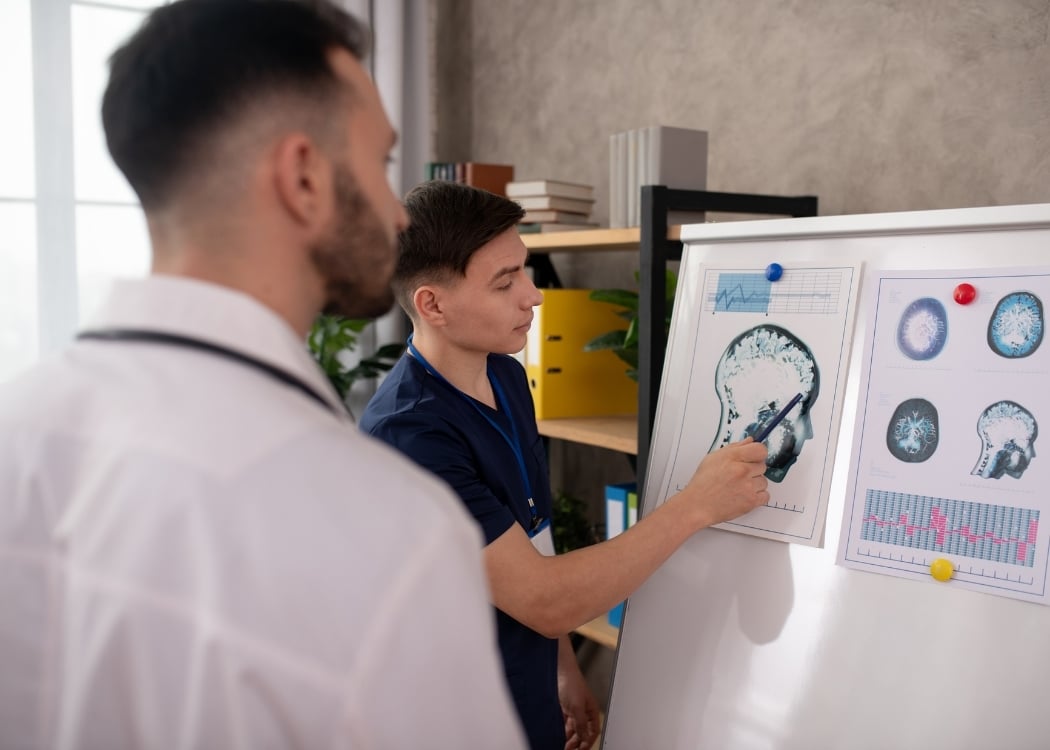
Epilepsy and surgical evaluation
Epilepsy care begins with a careful history and a seizure classification that matches symptoms with electroencephalography and imaging. Medication trials come first. When seizures persist despite optimized therapy, Istanbul centers can evaluate you for epilepsy surgery using prolonged video EEG monitoring, high resolution MRI, functional imaging, and neuropsychological testing. The goal is to localize seizure onset zones and to understand language and memory networks so that surgery can achieve seizure freedom or meaningful reduction without harming function. When surgery is not a fit, neuromodulation with vagus nerve stimulation or responsive neurostimulation may be discussed. Your team will explain probabilities in plain language so you understand benefits, risks, and realistic timelines.
Movement disorders and deep brain stimulation
Parkinson’s disease and other movement disorders are common reasons to see neurology and neurosurgery together. When medicines no longer deliver steady control, deep brain stimulation may be considered. DBS is an established therapy for advanced Parkinson’s disease and is supported by international movement disorder guidance. Decisions include candidacy assessment, target selection such as subthalamic nucleus or globus pallidus internus, and a long term programming plan. Recent research continues to refine the way clinicians choose leads and personalize stimulation to improve quality of life.
Evaluation in Istanbul includes levodopa challenge testing when needed, detailed motor scoring, cognitive screening, and counseling for both patient and family. Surgery is typically performed with neuronavigation and modern anesthesia protocols. Programming visits follow in the early weeks and months and can be coordinated with remote check ins once you return home. Expectations are set early. DBS does not cure disease but it can smooth fluctuations, reduce dyskinesias in appropriate candidates, and make daily life more predictable.
Brain tumors and multidisciplinary oncology
Neuro oncology is organized around tumor boards where neurosurgeons, neurologists, medical oncologists, radiation oncologists, pathologists, and neuroradiologists review each case together. International guidelines emphasize the role of surgery for diagnosis and cytoreduction when safe, followed by radiotherapy and systemic therapy that consider molecular markers and the current World Health Organization classification of central nervous system tumors. Molecular diagnostics such as IDH mutation status, 1p19q codeletion, MGMT promoter methylation and others inform prognosis and adjuvant therapy selection.

In practical terms your Istanbul team will discuss the surgical plan, the anticipated extent of resection, and the balance between tumor control and functional protection. Intraoperative tools such as neuronavigation, neurophysiological monitoring, fluorescence guidance when indicated, and in selected centers intraoperative imaging help surgeons aim for maximal safe resection. Radiation planning follows with attention to target delineation that respects modern classifications. Chemotherapy and targeted agents are matched to pathology and performance status. Survivorship plans include symptom control, rehabilitation, and cognitive support.
Spine care across neurology and neurosurgery
Spine problems often begin in neurology clinics with a detailed examination that separates nerve root compression from peripheral nerve disease or central causes. Conservative therapy with physiotherapy, analgesia, and image guided injections is common for many patients. When symptoms persist or when there is progressive neurological deficit, a surgical opinion is invited. In Istanbul, spine surgery planning includes a review of imaging and a discussion of benefit versus risk for decompression, fusion, or motion preserving options. For visitors the priority is functional improvement and safe mobility after discharge. Postoperative plans explain restrictions, walking targets, and the timing of physiotherapy. These plans are written and translated when needed so you can share them with clinicians at home.
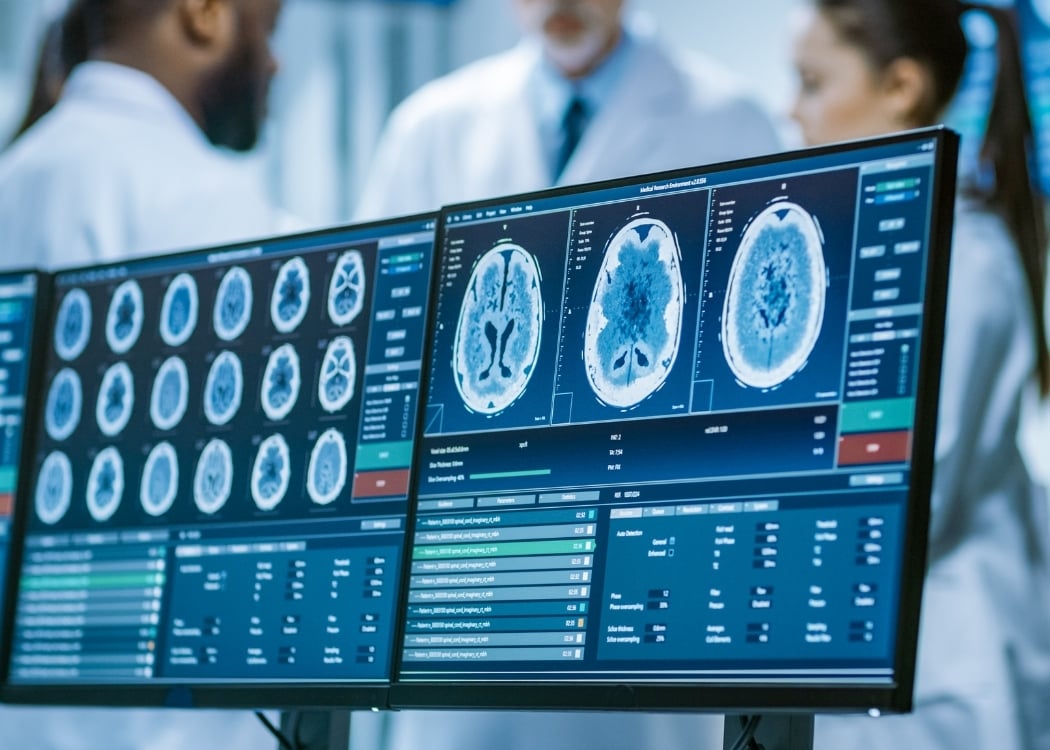
Interventional neuroradiology and complex cerebrovascular disease
Endovascular teams perform procedures for aneurysms, arteriovenous malformations, carotid and intracranial stenosis, and venous sinus disease alongside stroke thrombectomy. Contemporary statements from professional societies support mechanical thrombectomy as standard of care for eligible large vessel strokes and provide training frameworks for the specialists who perform these procedures. The important message for patients is that modern cerebrovascular care is collaborative. Neurology, neurosurgery, and neuroradiology share protocols, imaging, and post procedure monitoring in the same care pathway.
Pediatric neurology and neurosurgery
Pediatric services address epilepsy surgery, spasticity management including intrathecal therapy or selective dorsal rhizotomy in selected cases, congenital malformations, hydrocephalus, craniosynostosis, and pediatric neuro oncology. Child friendly wards, dedicated anesthetic protocols, and family accommodation reduce stress for caregivers. When a child needs long term follow up, international coordinators help families schedule cluster appointments and remote case discussions so school calendars and travel budgets remain manageable.
Diagnostics that make decisions faster
Neurological diagnosis relies on high quality testing. Istanbul centers offer MRI with advanced sequences, CT including perfusion for stroke, electroencephalography, long term video EEG monitoring for epilepsy, electromyography and nerve conduction studies for neuromuscular questions, and laboratory medicine integrated into the same day plan. Many hospitals can add cerebrospinal fluid analysis and specialized antibody panels when autoimmune conditions such as autoimmune encephalitis are suspected. These tools are not separate fragments. They are organized around the questions your clinician needs to answer before a treatment decision is made.,
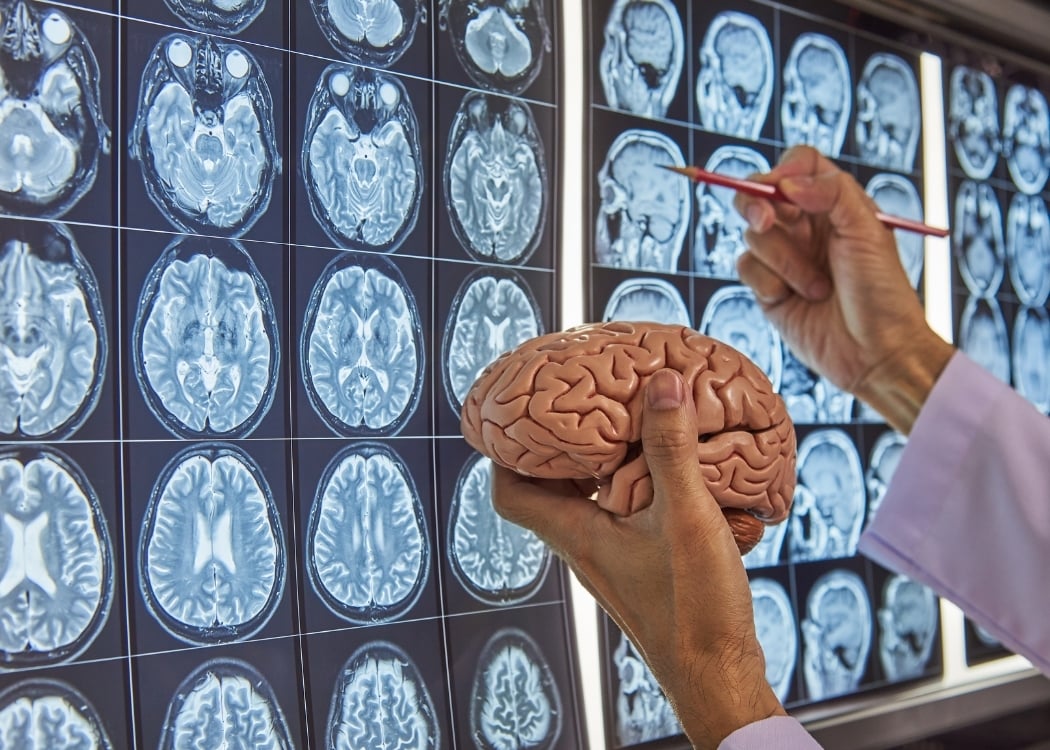
Perioperative safety and the intensive care layer
Neurosurgical operating rooms rely on checklists that include confirmed imaging, antibiotic timing, anticoagulation plans, positioning, and equipment readiness. Neuro anesthesia teams focus on airway access, brain relaxation when needed, and smooth wake up for neurological assessment. After surgery patients move to recovery or to neuro intensive care with continuous monitoring for intracranial pressure when indicated, seizure surveillance when risk is high, and early rehabilitation planning. Families receive clear instructions about when visiting is possible and how to reach the nurse desk at any hour. These simple practices make a complex specialty feel predictable and calm.
Rehabilitation and recovery planning
Recovery begins on day one. Neurology and neurosurgery teams write rehabilitation goals into the chart as soon as a patient is stable. Physical therapy, occupational therapy, speech and language therapy, and neuropsychology combine to rebuild strength, balance, speech, and cognition. Discharge planning includes home exercise plans, wound care, medicine reconciliation, and return to activity guidance. For international visitors coordinators prepare a discharge letter in English, provide imaging on a secure link or on encrypted media, and schedule video follow ups so the transition home stays connected to the treating team.
How international coordination works in Istanbul
Hospitals and clinics in the city maintain international patient services that answer in multiple languages, arrange appointments, and help with records. Türkiye also operates a national International Patient Assistance Unit that provides 24 hour support and interpreting, which can be useful if you need help outside your hospital contact. Many patients find it reassuring to know there is a public information line as a back up.
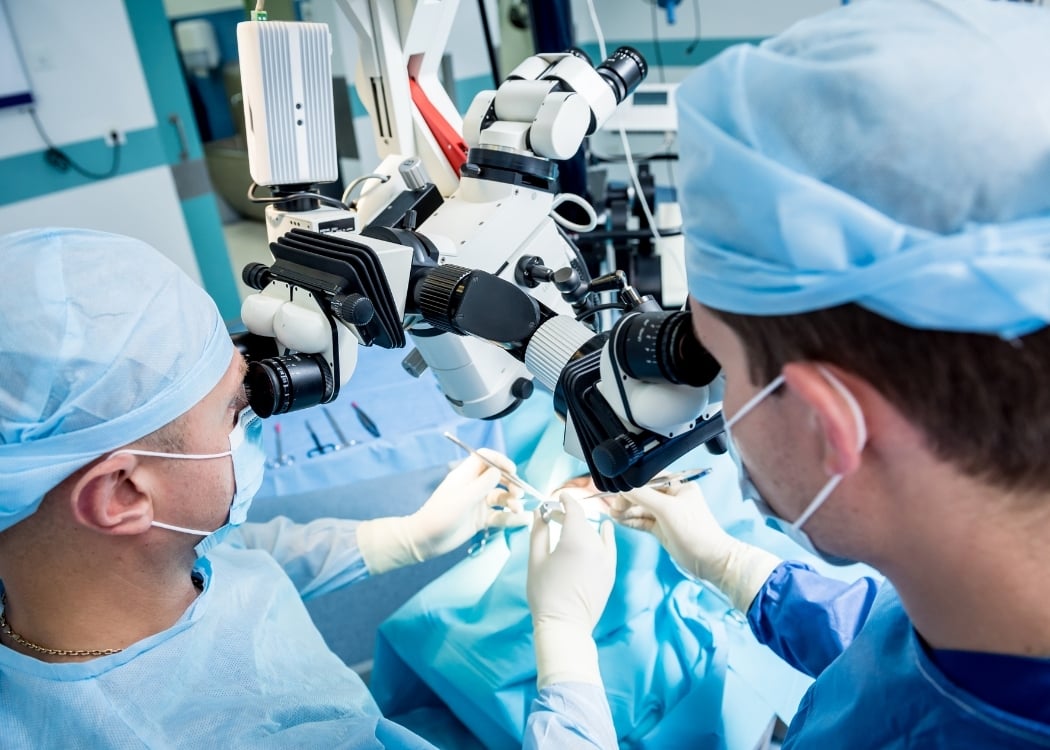
Verifying quality
Some Istanbul hospitals hold international accreditation which evaluates safety and quality systems. If this matters to you, you can search current accreditation status by organization name in the public directory. Accreditation is not a promise of a particular outcome. It is one signal that a facility maintains structured processes and undergoes external audits. Combine this with the surgeon’s credentials, the team’s experience with your condition, and the clarity of the written plan, and you will have a balanced view.
Travel timing and practical planning
Plan to arrive with time for evaluation before any procedure. For scheduled surgery many teams ask you to be in the city at least one to two days before the operation to complete labs, anesthesia review, and imaging. Complex cases may require a longer preoperative window for specialized tests. After surgery expect a period of inpatient recovery and then a hotel stay until your surgeon confirms that flying is safe. Written fit to fly notes are provided when needed. Medications and wound care supplies are discussed with you and with a companion so home travel feels organized.
Records, data, and communication with your home clinicians
Your file includes operative notes, pathology reports, imaging, and medication lists. Ask for copies in English. Provide contact details for your home neurologist or primary physician so the Istanbul team can share a concise summary. This improves continuity and reduces repeated testing. Many patients authorize secure sharing through hospital portals. Keep digital copies and printed documents in your hand luggage on the day you fly out so nothing is separated from you in transit.
Costs and insurance
Quotes are itemized and explain what is included. Hospital nights, operating room time, implants if used, anesthesia, imaging, lab tests, and rehabilitation are listed with clear totals. Some insurers can issue a letter of guarantee to major hospitals. Many visitors pay by card and claim later using itemized invoices and medical reports. Ask coordinators which documents your insurer prefers. Clarity at the start prevents confusion at the end.
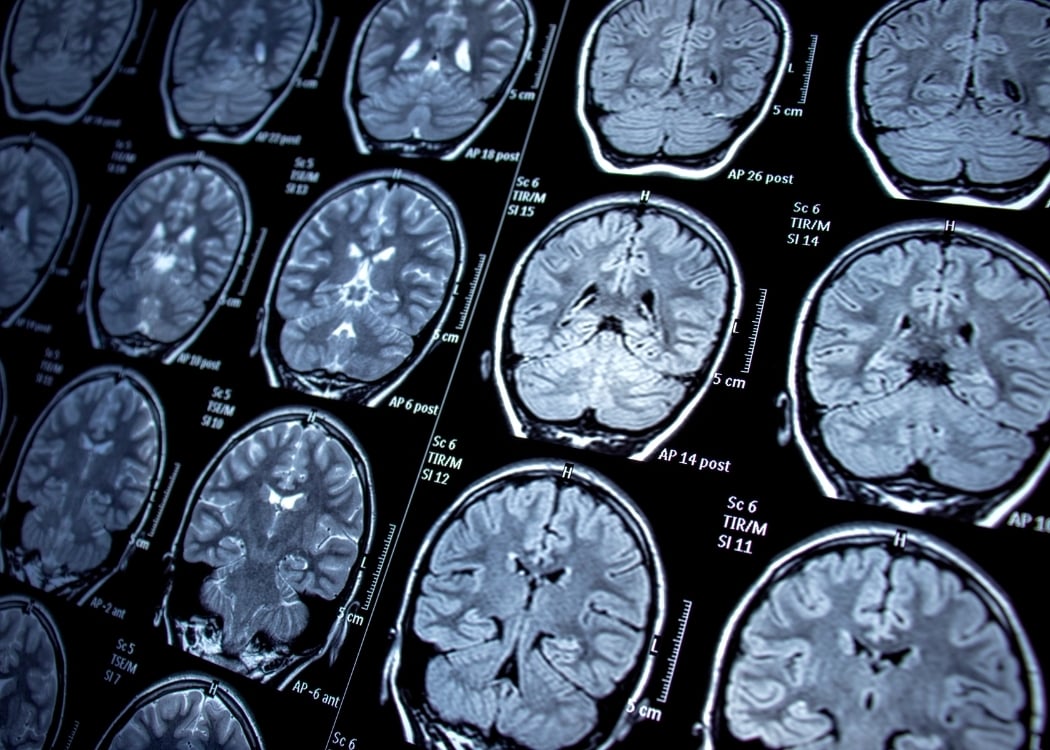
Ethics and informed consent
Serious teams favor careful consent over marketing. Expect direct conversations about risks, alternatives, and outcomes that are likely rather than ideal. In neurological and neurosurgical care this honesty protects patients. It also builds trust when decisions are complex. You should feel comfortable asking for a second opinion. You should feel free to invite a companion into discussions. Good clinicians welcome both.
What to look for when you choose
Look for a named neurologist or neurosurgeon who treats your specific condition every week. Look for a structured plan that explains diagnostic steps, the proposed intervention, expected hospital stay, and aftercare. Look for teams that reply promptly, explain clearly, and provide written instructions that stand on their own. These simple signs matter more than glossy photos. They are the real markers of quality in a field where details drive results.
Closing perspective
Istanbul brings together scale, specialty depth, and practical logistics for visitors who need neurological or neurosurgical care. It is a city of organized pathways, shared decision making, and steady routines that make complex medicine feel human. With a clear plan, verified information, and realistic timelines, you can pursue treatment with confidence and return home with your records, your follow up dates, and a workable path forward.
References
- American Heart Association and American Stroke Association. Guidelines for the Early Management of Patients With Acute Ischemic Stroke update. Recommendation that mechanical thrombectomy is recommended within 16 hours and reasonable up to 24 hours in selected patients.
- Royal College of Physicians. National Clinical Guideline for Stroke 2023 edition. Evidence from SELECT2 and ANGEL ASPECT supports thrombectomy in selected patients up to 24 hours.
- European Association of Neuro Oncology. Guideline resources and 2021 Nature Reviews summary on diffuse gliomas, including the role of surgery, radiotherapy, and systemic therapy with molecular classification.
- ESTRO EANO 2025 guidance on radiotherapeutic management of IDH mutant diffuse glioma aligned to the 2021 WHO classification.
- European Stroke Organisation and neurointerventional society statements supporting mechanical thrombectomy for eligible large vessel occlusion stroke.
- International Parkinson and Movement Disorder Society. Recommendations on invasive therapies and deep brain stimulation for advanced Parkinson’s disease.
- Recent literature on DBS personalization and technology development, including connectomic approaches and contemporary reviews.
- HealthTürkiye, official portal for international patients, including the 24 hour International Patient Assistance Unit.
- Republic of Türkiye Ministry of Health, Health Tourism Department. International Patient Assistance Unit interpreting and call center information.
- Joint Commission International. Public directory to verify current accreditation status of international hospitals and centers.



